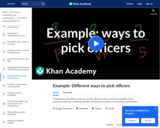
Thinking about the different ways we can pick officers in order to find the probability of one situation in particular.
- Subject:
- Mathematics
- Trigonometry
- Material Type:
- Lesson
- Provider:
- Khan Academy
- Author:
- Sal Khan
- Date Added:
- 09/22/2013

Thinking about the different ways we can pick officers in order to find the probability of one situation in particular.
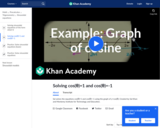
Basic interpretation of the graph of the cosine function

Thinking about where the graphs of sin and cos intersect.
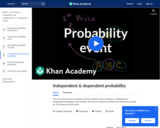
Independent Events 1
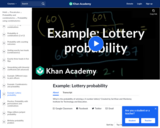
What is the probability of winning a 4-number lottery?

The probability of picking a yellow marble from a bag.
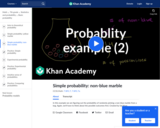
Example of figuring out the probability of picking a non-blue marble from a bag.
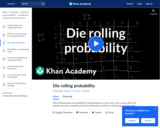
Thinking about the probability of rolling doubles on a pair of dice
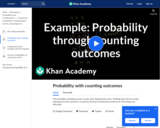
The probability of getting exactly 2 heads when flipping three coins. Thinking about this by visualy depicting all of the outcomes.
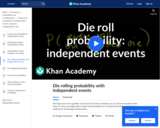
Another example showing the probability of rolling an even number three times in a row.
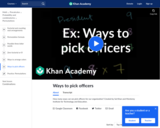
How many ways can we pick officers for our organization?
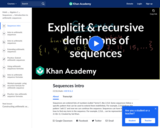
This video is from the Khan Academy subject of Math on the topic of Trigonometry and precalculus and it covers Explicit and recursive definitions of sequences.

Exponential Growth Functions

Using exponential form to find complex roots
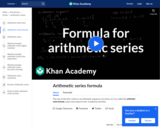
This video is from the Khan Academy subject of Math on the topic of Trigonometry and precalculus and it covers Formula for arithmetic series.
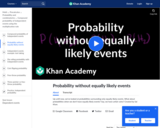
A different way of thinking about probability when we don't have equally likely events
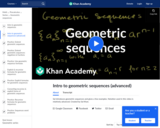
This video is from the Khan Academy subject of Math on the topic of Trigonometry and precalculus and it covers Geometric sequences.
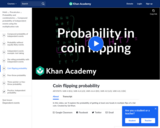
Probability of getting at least one heads in multiple flips of a fair coin

In this lesson, students will investigate error. As shown in earlier activities from navigation lessons 1 through 3, without an understanding of how errors can affect your position, you cannot navigate well. Introducing accuracy and precision will develop these concepts further. Also, students will learn how computers can help in navigation. Often, the calculations needed to navigate accurately are time consuming and complex. By using the power of computers to do calculations and repetitive tasks, one can quickly see how changing parameters likes angles and distances and introducing errors will affect their overall result.
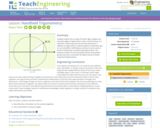
Students explore the concept of similar right triangles and how they apply to trigonometric ratios. Use this lesson as a refresher of what trig ratios are and how they work. In addition to trigonometry, students explore a clinometer app on an Android® or iOS® device and how it can be used to test the mathematics underpinning trigonometry. This prepares student for the associated activity, during which groups each put a clinometer through its paces to better understand trigonometry.